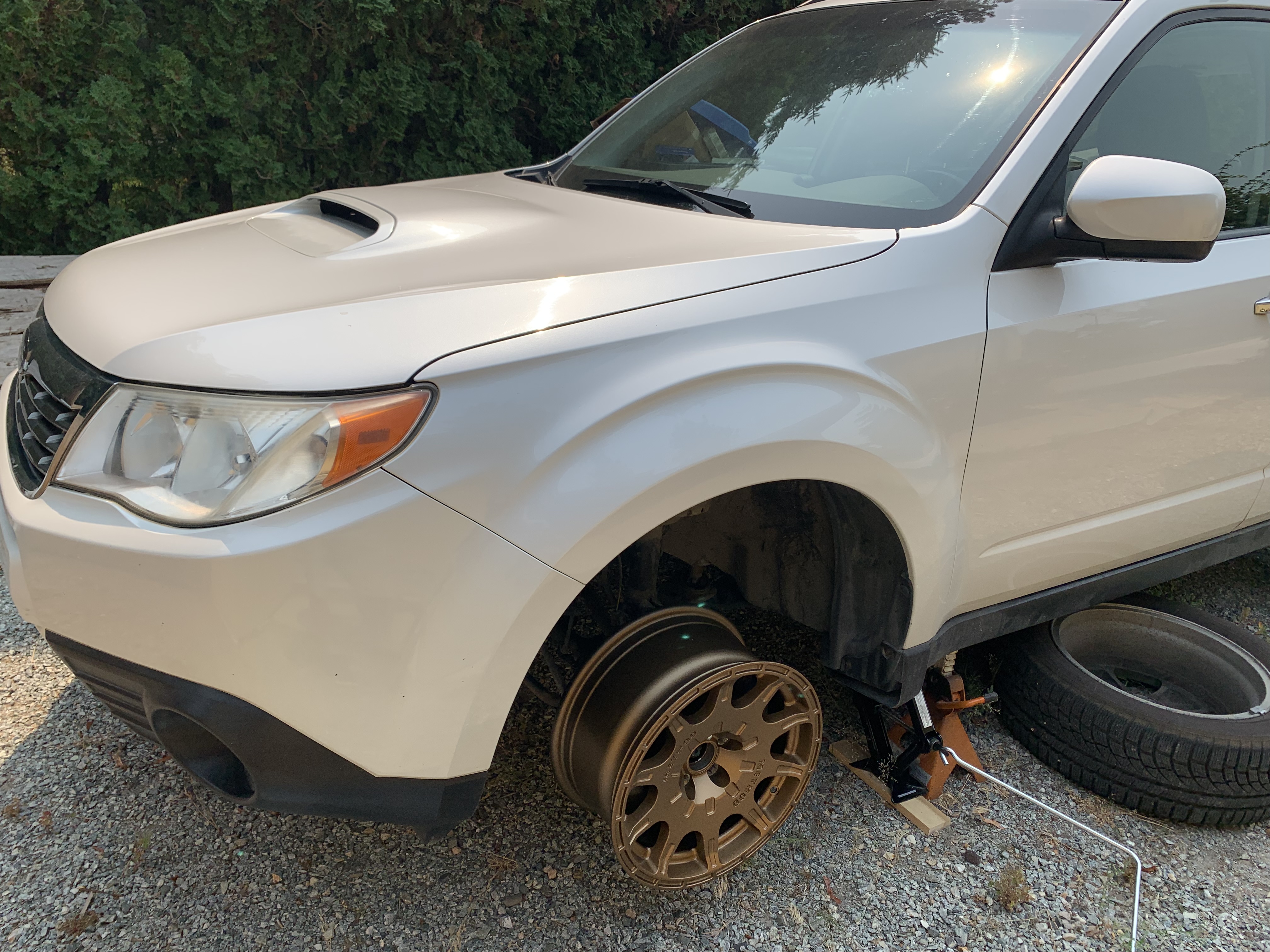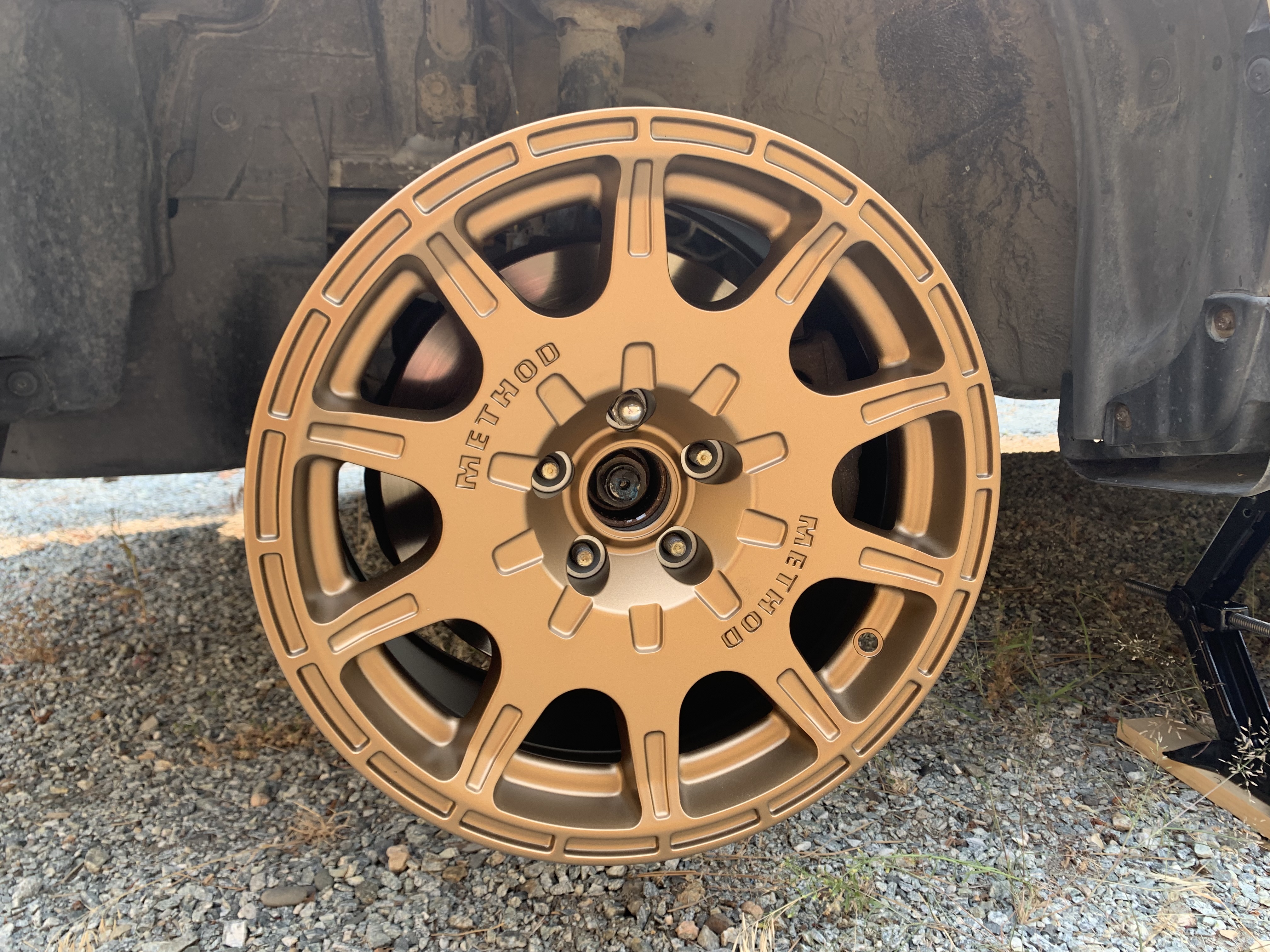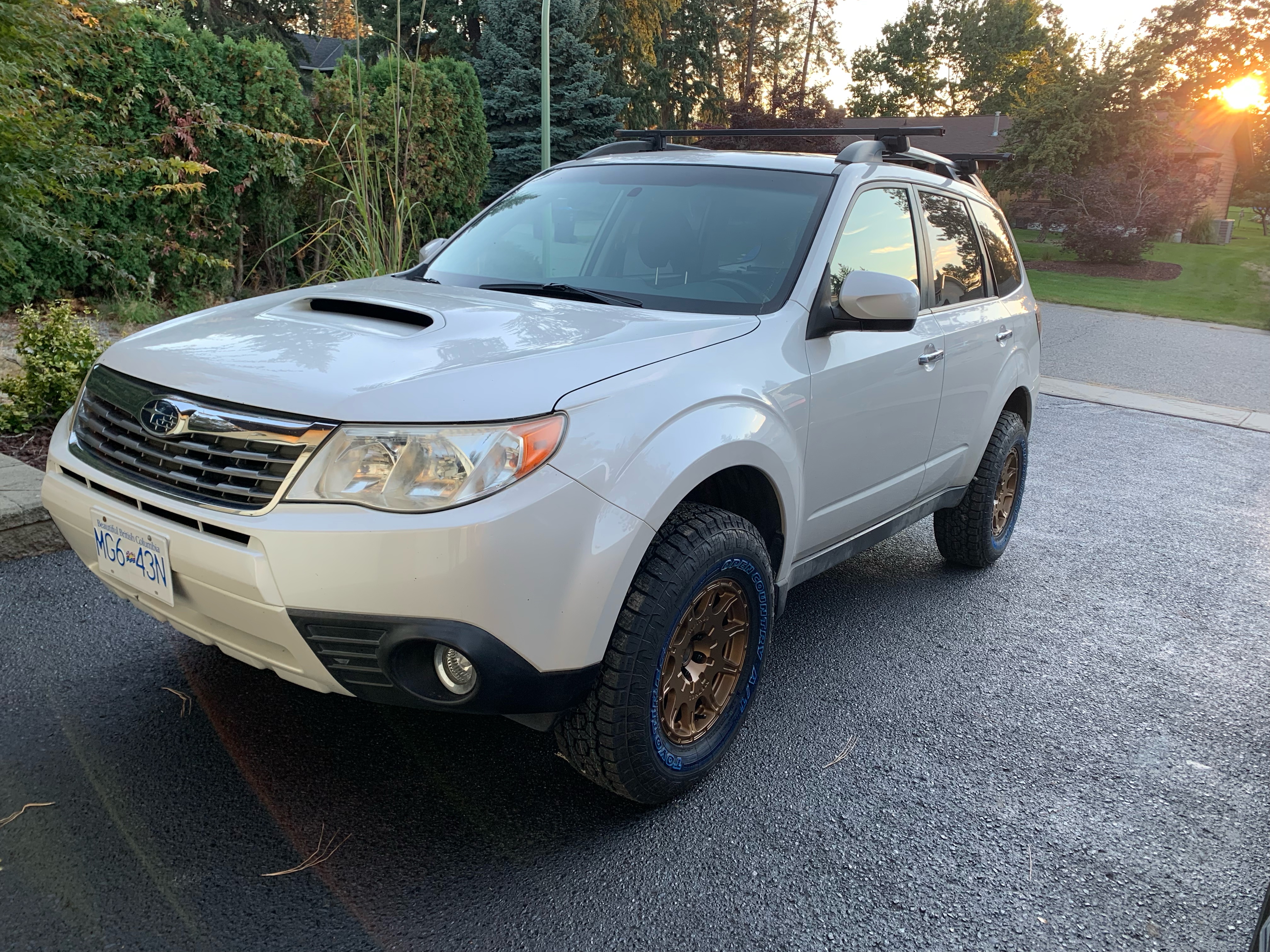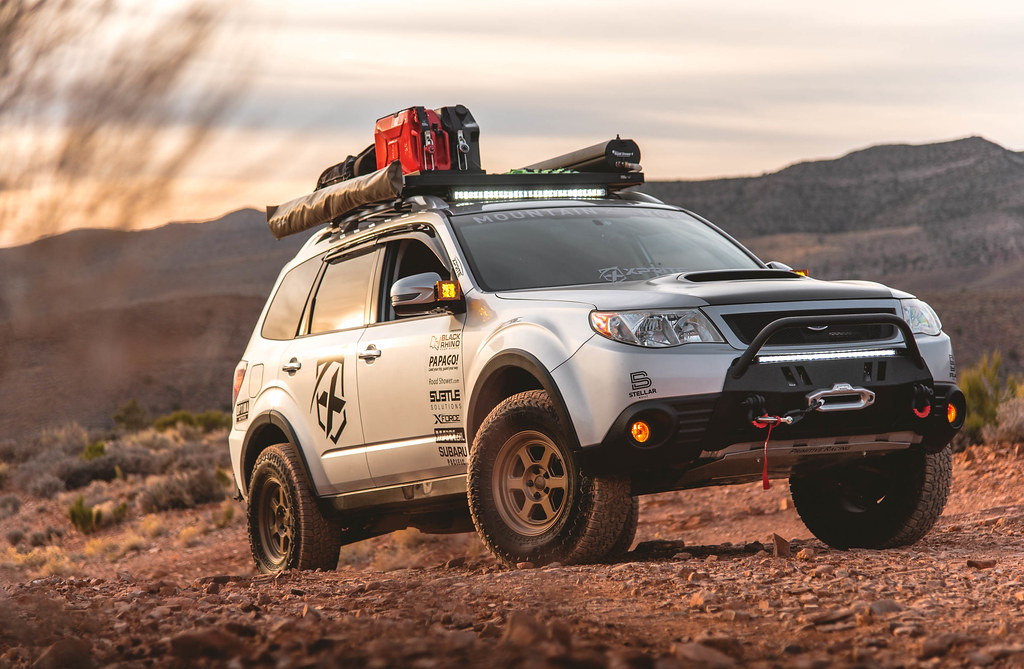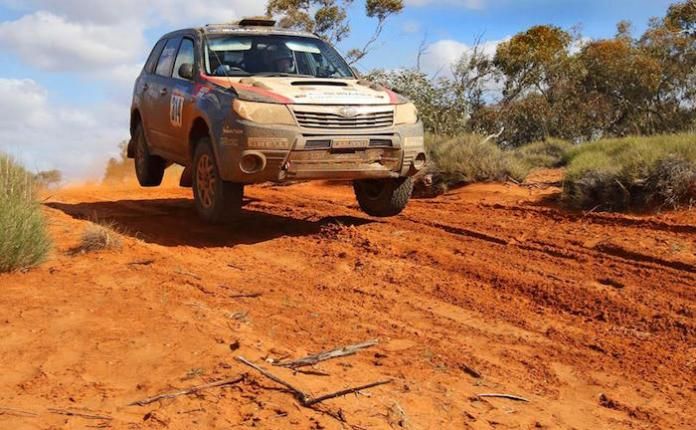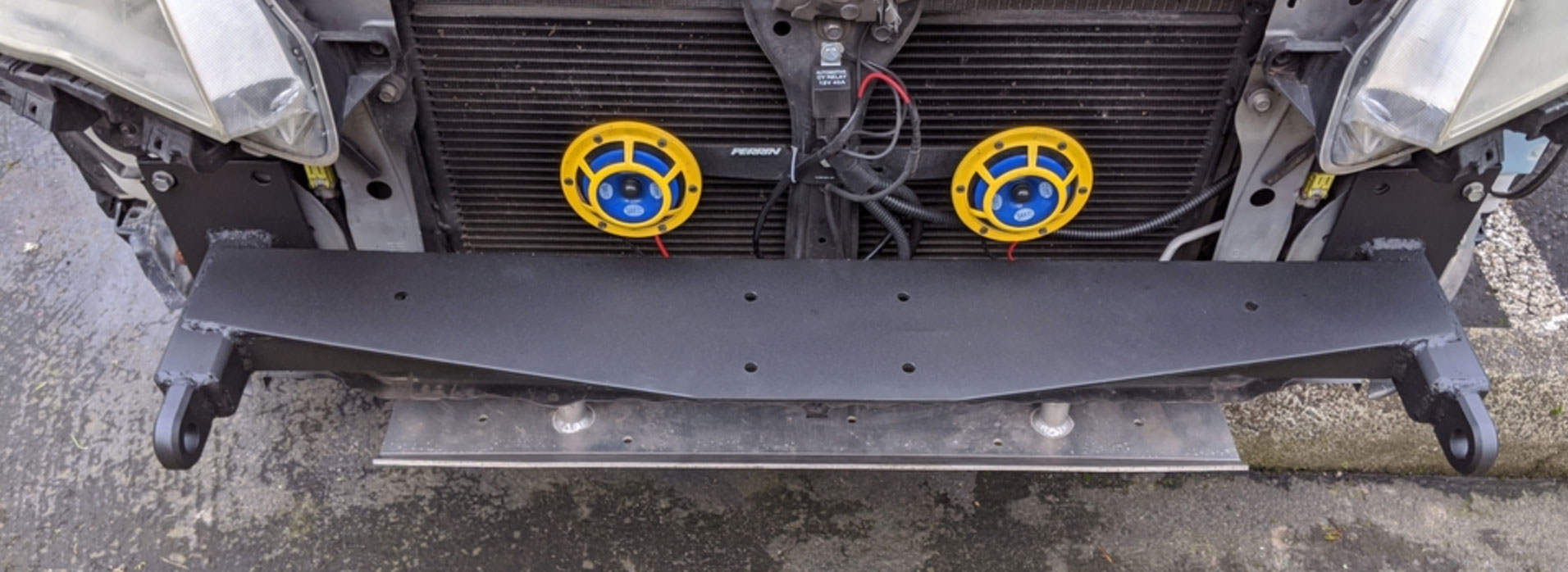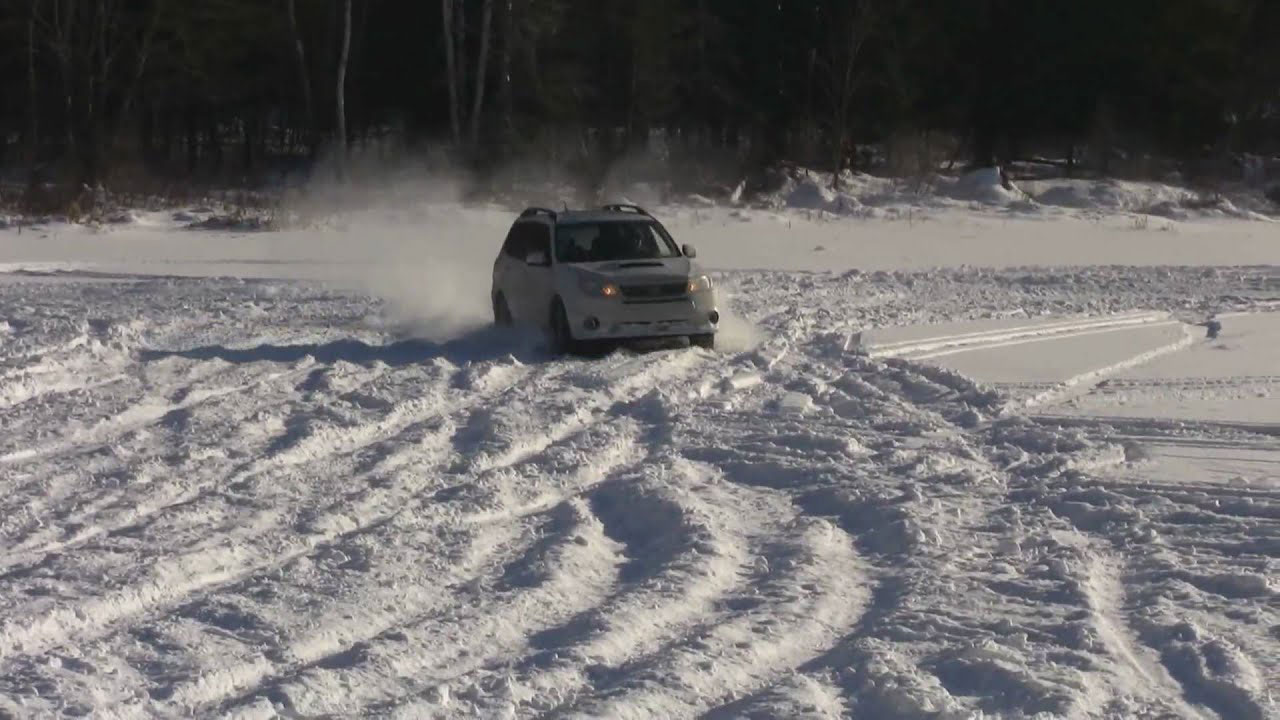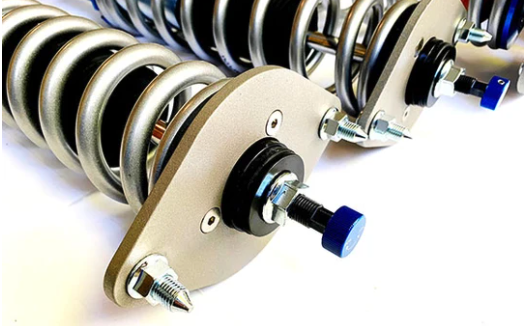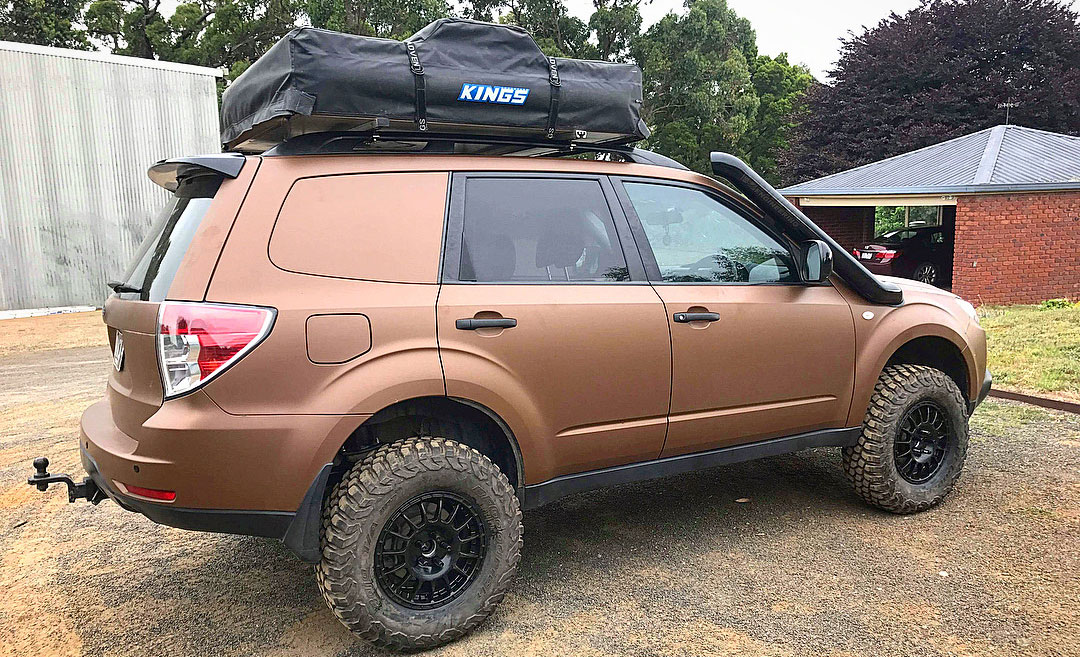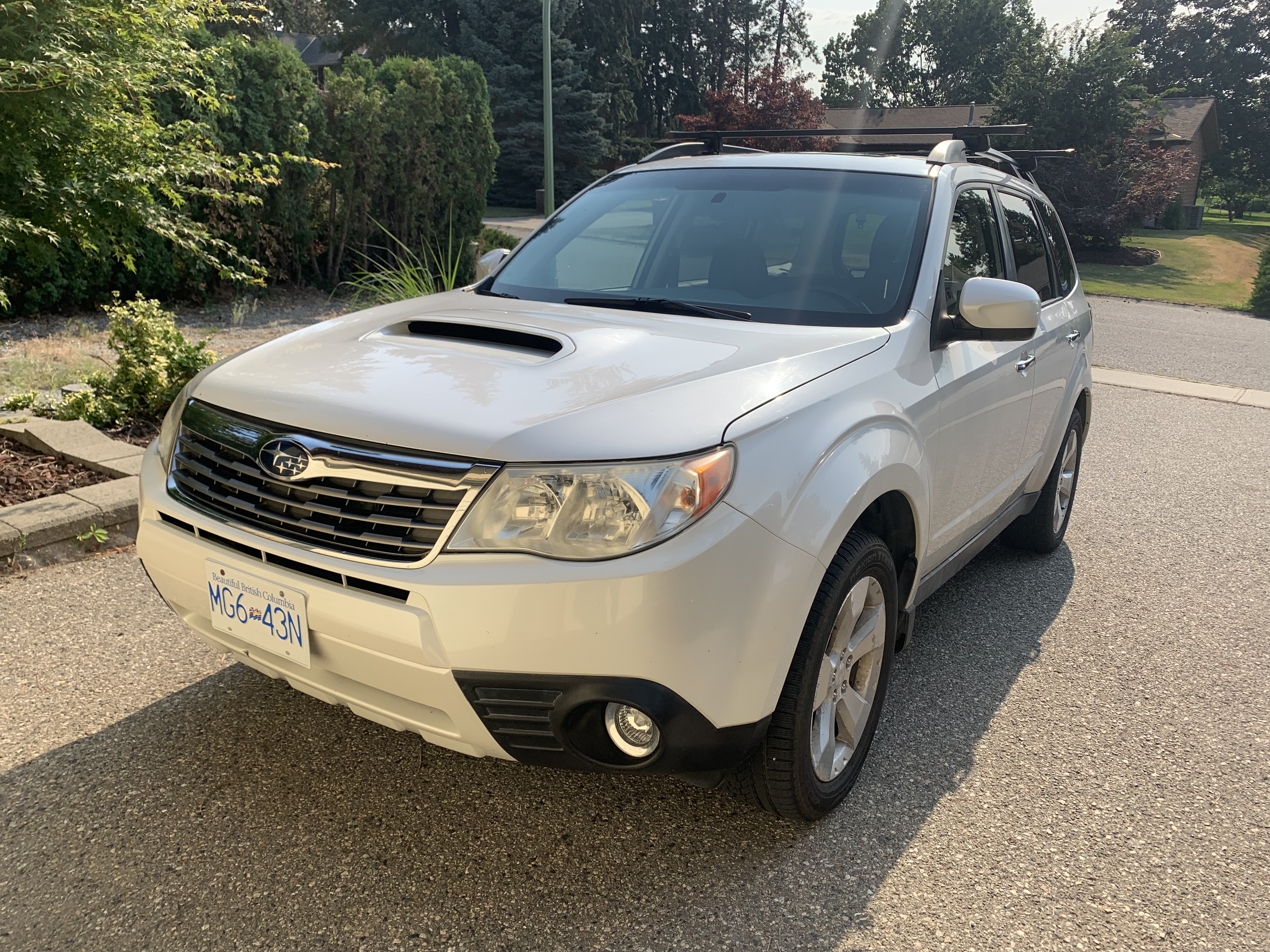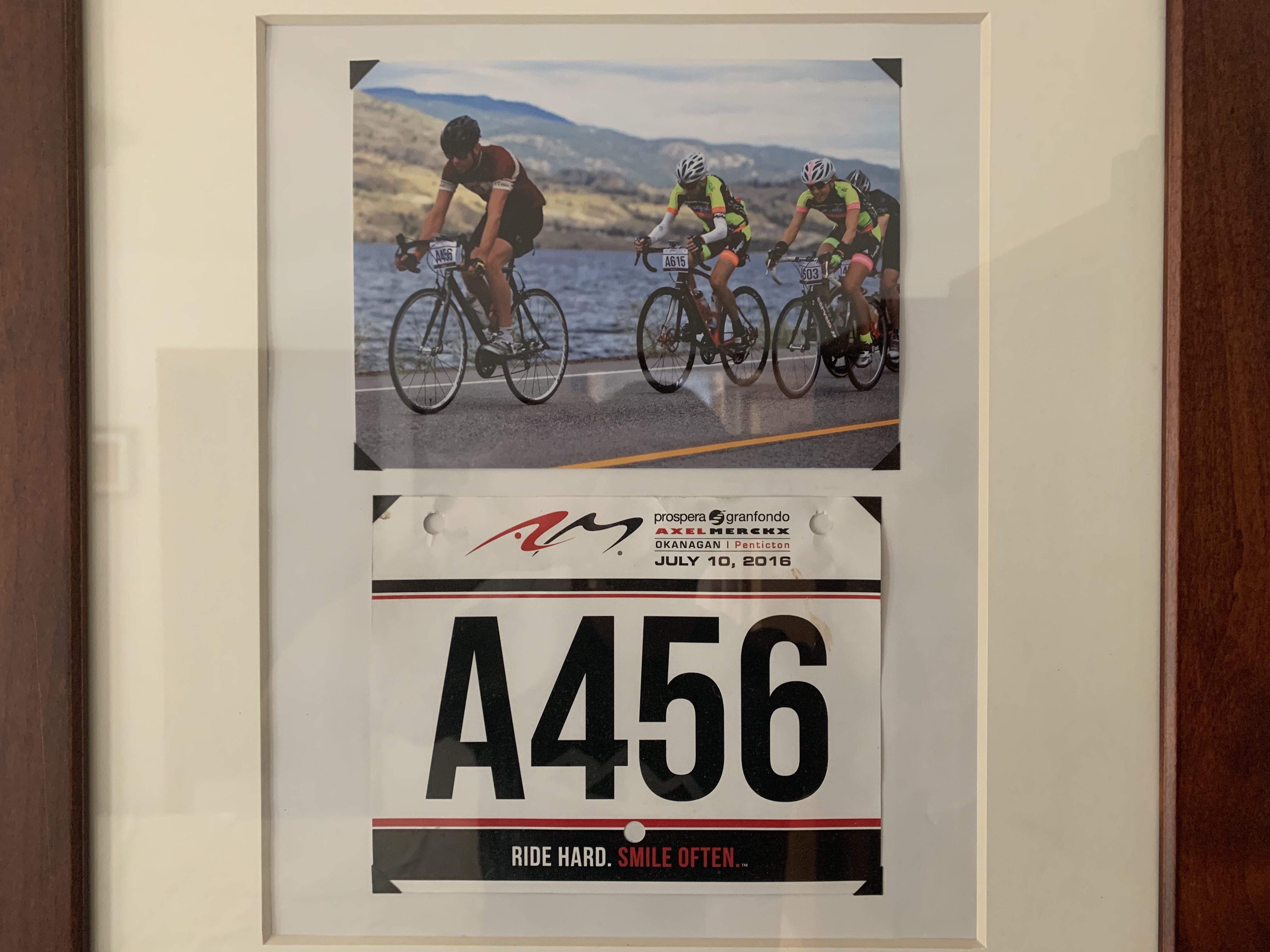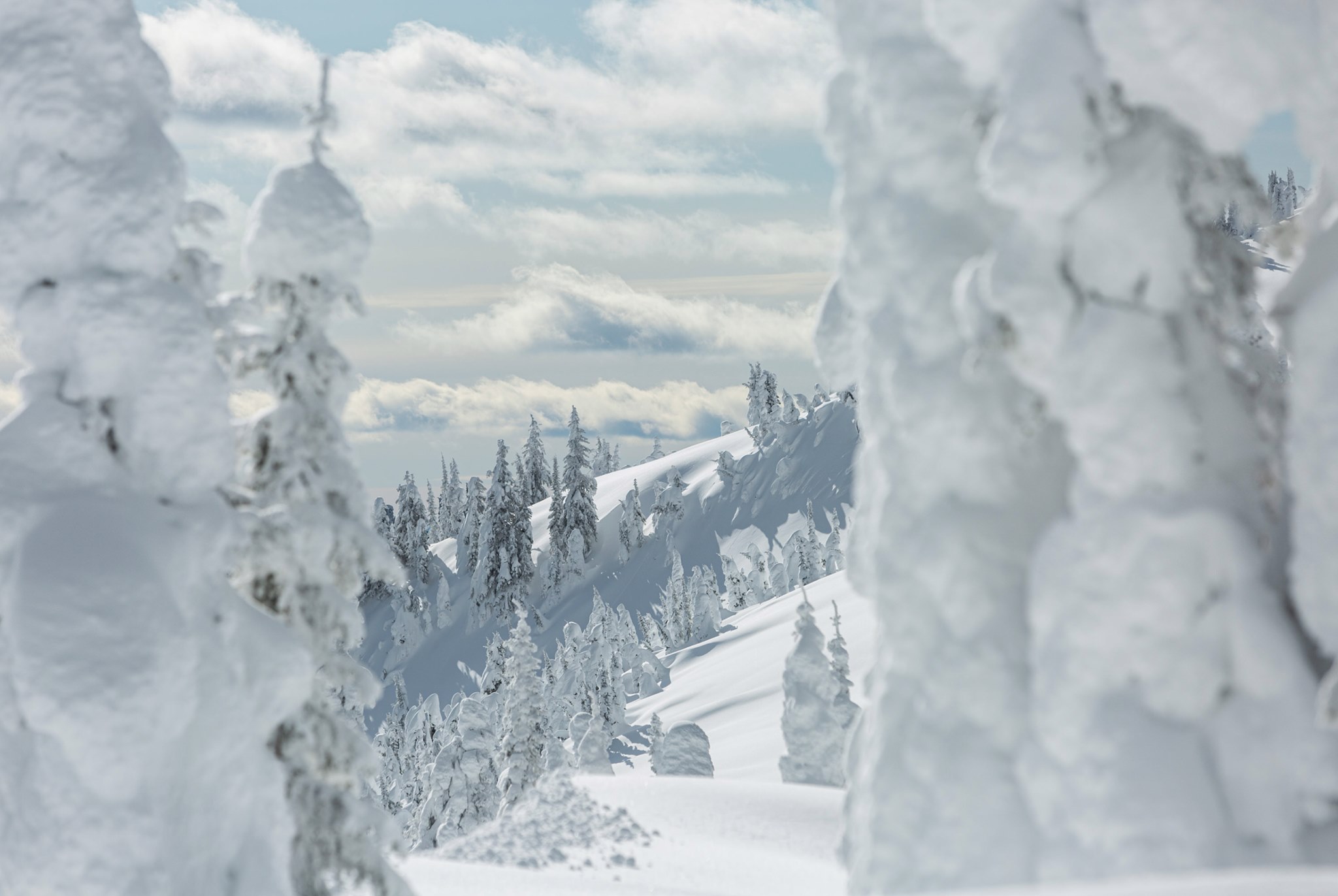The Penticton Granfondo is two months away. So how do you train for a 160 kilometer event in just 8 weeks?
Having ridden Dave’s Ride Granfondo, Penticton Axel Merckx Granfondo, and Whatshan Granfondo here’s my strategy to prepare in just 8 weeks.
This will help anyone who’s able to ride about 30km’s on the bike – but hasn’t trained much beyond that.
A Granfondo is 160 kilometers in length and will take most riders anywhere from 4 to 8 hours to complete.
You need to train your body for endurance rides. If you’re not used to sitting on a bike for that length of time the body can begin to become sore. We usually think of training our legs for bike rides. But it’s the shoulders, back, arms, hands and core muscles that need to become accustomed to the duration.
So the best and simplest way to train for that is simply going for long, easy endurance rides.
Don’t worry about strength training. Your legs will get stronger simply by riding longer. Every time you encounter a hill, another rider, or wind you’ll be recruiting more muscle. Also, if you’re like me, as soon as the gun fires and you’re off – you’ll find you have plenty of strength.
Month 1
So, instead of focusing on short, high-intensity, muscle building rides. We’re going to focus on one long endurance ride per week. With consistent 1hr to 2hr endurance rides between.
Week 1: Start easy
You’ll be surprised how fast your body will gain momentum. So there’s no need to rush into long rides, doing that will just put you into the hurt house and push back your training progress.
Ride every other day. Doing 20km to 40km rides – easy to moderate intensity depending on how your legs feel.
Complete the week with 1 longer ride. Roughly 60kms.
Stay hydrated. My other tip is to not fuel during rides. Why? Because you want your body to learn how to burn fat for fuel, which is essential for long rides. Drink water with electrolytes, but avoid the sugar.
Week 2: Endurance Repeats
Continue riding every other day – again doing 20km to 40km rides. Join group rides. Have fun. There’s no right or wrong when developing endurance. You’re simply training your body to get accustomed to sitting on the bike and your heart to get used to less recovery.
Complete the week with 1 longer ride. Roughly 70-80kms.
Week 3: Endurance Repeats
Because you’re focusing on endurance rides you’ll find your body isn’t crazy fatigued. You can keep building.
Ride every other day. Doing 20-60km rides.
Complete the week with 1 longer ride. Roughly 80-100kms.
Week 4: Endurance + variety
You’re doing great now. You’re building confidence. The longer rides feel a bit uncomfortable. And that’s a good thing. Your body is getting stronger.
Ride 3 days in a row. This week we want to train the body to switch it up. On the 3rd day where you are riding 30km’s do mini hill sprints on every hill you face. If it’s wind sprints, that is good too.
1st ride medium 30-40km.
2nd ride easy 30km.
3rd ride include sprints 30km.
Take a day off.
4th ride do an endurance 100km endurance ride. (Fuel during the ride)
5th ride 20km easy recovery ride.
Month 1 is done!
Amazing work. You’re picking up steam. Your body is probably feeling really healthy. A bit tired, but any pain you feel now are the muscles getting stronger. Take two days off the bike. It seems like a lot, but recovery is how your body gets stronger.
If you’re not improving fast enough, it’s because you’re not recovering enough. When you take a couple days off you’re not just giving your legs a break – you’re giving your a heart a break too.
Month 2 begins
You may be feeling concerned that you won’t be ready in time. You’ve trained for a century but need to get used to riding a granfondo. Have no fear.
Aerobic sports work in the rule of 3. If you can ride 30kms 3 times per week. You can do a 100km ride on the weekend. It’s 3 times as long, but your body is actually able to do it. If you can ride 60kms 3 times per week you are ready for a 120+ km ride. The body just works this way.
You already built up to a 100km distance in your first month’s training. So your body is capable of 160km ride – it just will be uncomfortable. We’re going to keep training so it’s fun.
Week 1: Endurance + variety
Your body is capable of more now. So do more. It will benefit you.
You’ll want to do 3 rides in a row every week. Between 30-70kms in length. Do what feels right. If they are all 30km you will still be good. Make sure to include hill sprints in your 3rd ride. If you have a friendly and competitive group ride, make that your third ride. You want to put the body in a training situation where it is learning to adapt.
4th ride easy.
5th ride 120km (fuel during the ride)
Week 2: Endurance + variety
1st ride recovery
2nd ride 30-40km
3rd ride 30-70km include hill sprints
Take a day off
4th ride 140km (fuel during the ride)
Week 3: Endurance + variety
You’ve ridden 140kms and you’re ready for a granfondo. Your body is used to the distance. At this point you may be feeling strong and ready or the opposite and tired. Either way we’re going to take 3 days off the bike. You read that correctly. Recovery is your friend. You’ve done the hard work – this is how you will improve faster.
3 days recovery.
1st ride recovery
2nd ride easy 30-60km
3rd ride easy 30-60km
4th ride 160km (fuel during the ride)
Well done! You’ve officially ridden 160km. I bet you feel tired but amazing. You know you have the legs. Your body is getting used to this. Now hydrate, drink a beer and refuel.
Week 4: Recovery
Your event is in 7 days – so you may be tempted to keep riding to stay in peak shape until the day of. Or you may want to show your friends how strong your new legs are at a group ride. Don’t do it.
Pros stress their body in a way to keep peak fitness. But they are starting from a baseline of being able to ride 160km. You’ve just built up a lot of fatigue. Which is incredible. So you’re actually already where their bodies will need to get. Now it’s time to allow your body to recover so that it is at its peak strength for the event.
1st ride recovery (easy) – we’re simply clearing lactate
2nd ride recovery (30km easy) – we’re still clearing lactate so take this easy
Now get off the bike. You’re going to rest for 3 days off the bike.
3rd ride – the day before your event do a really easy 1hr ride – and I mean easy. Your body is still recovering. It may even feel stiff after a few days off the bike. You’re simply clearing that stiffness out while ensuring you have as much of your glycogen stores available – as possible.
Your body knows what is coming next. A long endurance ride. It’s storing the fuel it needs. Hydrate well before the event. Starting an event hydrated can make the difference of 30 minutes (or more) over a long ride.
Day of Your Event
Pack everything in advance. Make a list, check it twice. Have it all ready at the door. Fill your water bottles with water, electrolytes and Gatorade. Bring a banana, a few gel packs, and something that’s easy to swallow with substance like banana bread.
You’re ready!
Congrats – you just had the ride of your life. You trained in only 8 weeks and set a PR. Amazing!
Couple notes:
Hydration – I cannot stress enough the importance of hydration and recovery. Drink lots of water, get salt in as well, this will make your training much more effective and your recovery faster.
Nutrition – You know what food your body runs best on. Eat that. The cleaner you choose to eat the faster your body will train to burn fat as fuel – the faster you will be ready for a long endurance ride.
Rest – Rest is really important. Take it seriously. When you are riding your muscles are tearing and breaking down – this is signalling to your body that they need to get stronger. It’s the rest that makes them heal fastest and get stronger.
Fuel – Eat the same foods on your long training rides that you will on the event. While you will want to train without fuel on your short rides (it simulates riding longer as you have to burn fat as fuel), it’s important to train your body with fuel on your long rides to maximize the gains you get from them. And by using the same fuel as you take on race day you know how your body will react to it.
Weather – Some events are in the wet and cold. Others are in the heat. It’s hard to plan for this, but if you know that an event is typically in the heat or typically in the cold, do some rides in conditions that you will best replicate your event. This will better prepare your body for these conditions.
Final thoughts:
This is the training program I am following as I train for my upcoming event. I am starting week 2 of this plan. Yesterday I road 80kms (I misjudged the length of the route so I got a bonus 20km ride). Your body will get better a lot faster than you expect. And be sure to listen to it. If it needs an extra recovery ride in a week, take it.
If for some reason you weren’t able to train for the full 160km prior to the event… have no fear. Granfondos tend to be group rides. Riding in a big group is a lot of fun and time flies quickly. But it also is easier than riding solo. You save upwards of 20% of your energy riding in a group. So you’re actually more prepared for than you realize.
All the best out there.
